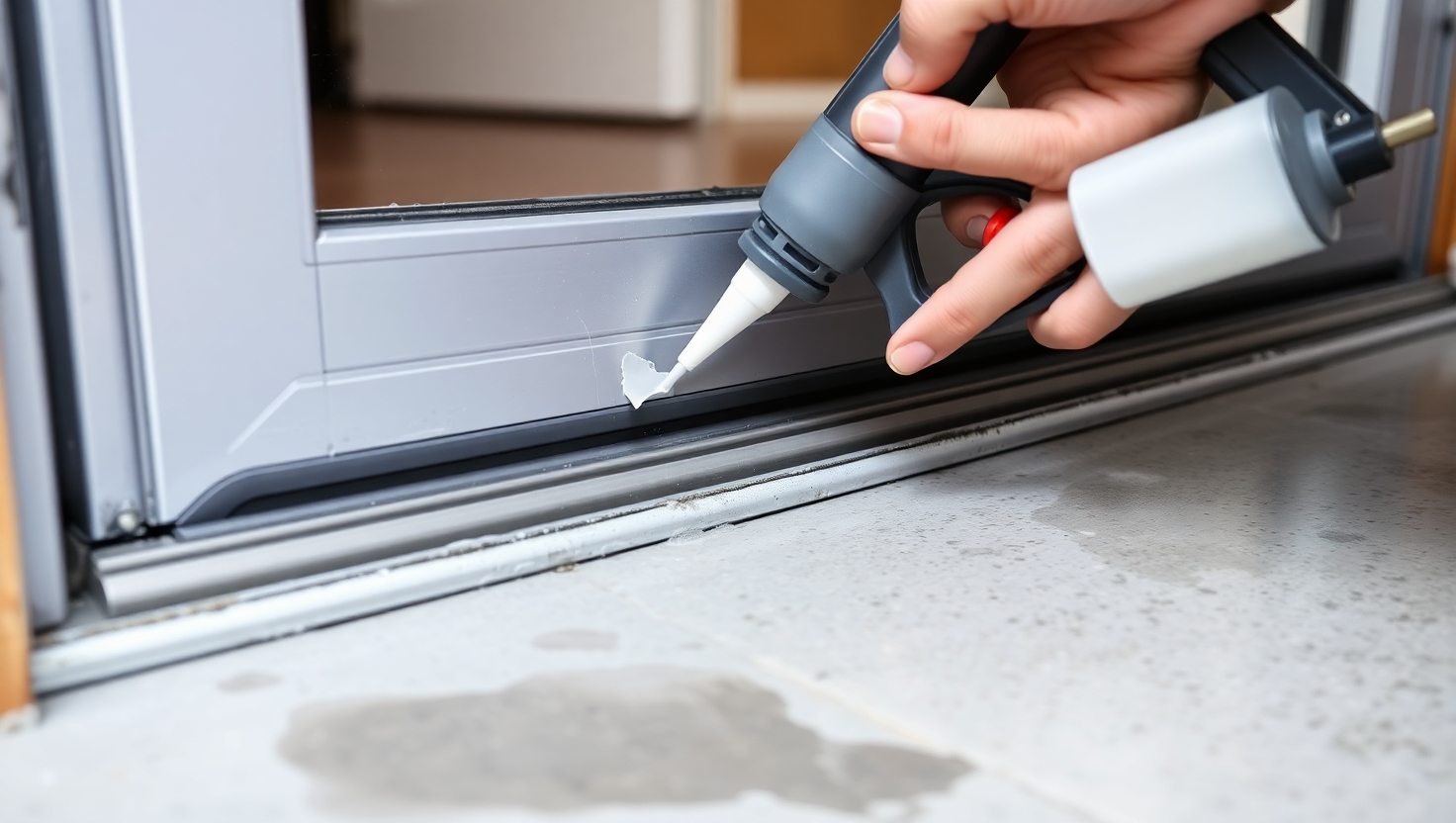Why Do Aluminium Doors Leak Water & What’s the Best Sealant?
Published by: ALUTimes | Date: July 10, 2025
Introduction
Aluminium doors are widely chosen for their sleek appearance and durability. However, many homeowners and contractors face a common issue: water leakage. If you’ve noticed damp flooring, water stains near frames, or consistent seepage during rains, it’s likely due to improper sealing. This article explores the core reasons behind aluminium door water leaks and highlights the best sealants and techniques to fix them.
Why Do Aluminium Doors Leak?
Despite being rust-resistant and weatherproof, aluminium doors can still leak due to structural and installation issues. The primary problem areas are:
- Poor Frame-to-Wall Interface: Gaps between the door frame and the wall allow water ingress during rains.
- Worn or Improper Gaskets: EPDM gaskets, if degraded or improperly placed, fail to prevent moisture penetration.
- Inadequate Drainage Design: Many aluminium door systems lack a proper weep hole or drainage channel to redirect water away from the interior.
- Cracked or Aging Sealants: Over time, sealants dry out, crack, or separate from the frame, allowing water to seep in.
The Role of EPDM Gaskets in Aluminium Doors
EPDM (ethylene propylene diene monomer) rubber is the most commonly used gasket material in aluminium doors. Its flexibility, UV resistance, and long lifespan make it ideal for sealing purposes. Still, improper installation or wear and tear reduces its effectiveness.
- Check if the gasket is seated correctly in its groove.
- Inspect for cracks, brittleness, or shrinkage over time.
- Replace damaged gaskets with original or compatible EPDM profiles.
Choosing the Right Sealant for Aluminium Doors
To waterproof the door perimeter and frame-wall joints, the choice of sealant is critical. Here are the top options:
- Silicone Sealant: Flexible and UV resistant, silicone sealants are ideal for outdoor applications. They bond well with aluminium but may require primer for longevity.
- Polyurethane (PU) Sealant: Excellent for structural glazing and sealing metal frames. PU offers better mechanical strength than silicone.
- Hybrid MS Polymer Sealants: These provide the benefits of both silicone and polyurethane—perfect for movement-prone joints.
Pro Tip: Always clean the application area thoroughly and allow the sealant to cure as per manufacturer instructions for best results.
Steps to Fix Aluminium Door Water Leaks
- Inspect all gaskets and replace damaged EPDM rubbers.
- Clean the frame-to-wall joint thoroughly to remove dirt and old sealant.
- Apply primer (if required) before applying the new sealant.
- Use a caulking gun to apply a continuous bead of silicone or PU sealant.
- Tool the sealant smoothly and allow curing.
- Check or install drainage holes at the bottom frame to allow water egress.
Prevention Tips
- Conduct annual maintenance checks, especially after monsoons or snow seasons.
- Always hire experienced installers who understand aluminium door systems.
- Choose factory-finished doors with integrated drainage and gasket systems for long-term performance.
Conclusion
Aluminium door water leaks are often due to minor oversights like worn gaskets, improper frame sealing, or poor drainage. By identifying the root cause and using high-quality sealants—especially silicone or PU—you can ensure watertight performance and extend the lifespan of your aluminium installations.
Disclaimer
This article is for informational purposes only. ALUTimes does not provide installation services. Always consult a certified professional for repair or installation of door systems.

